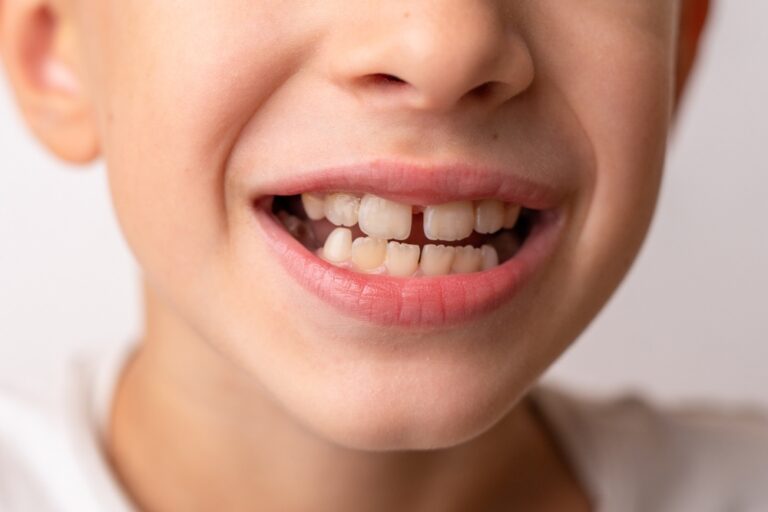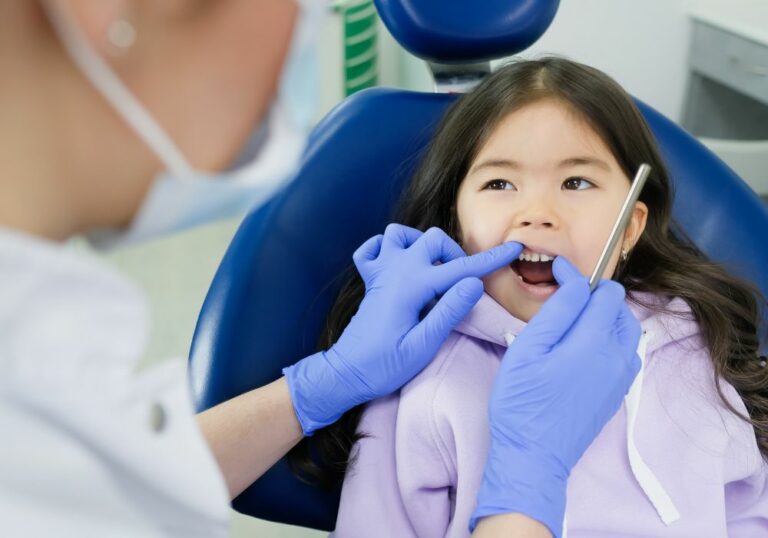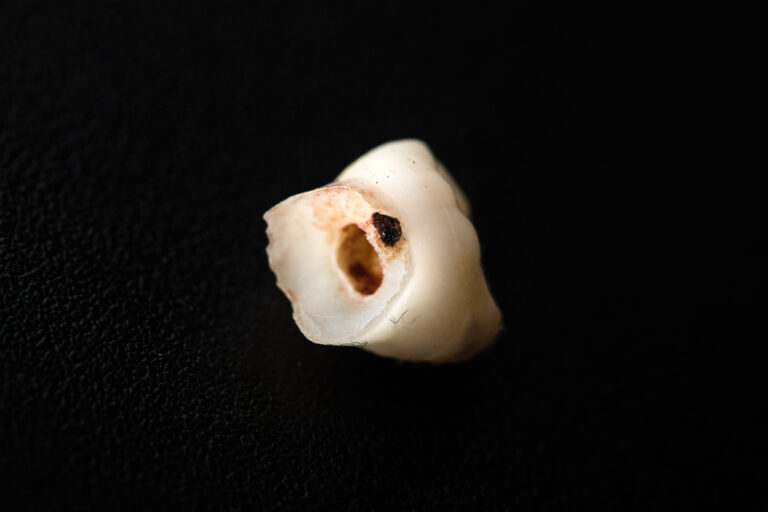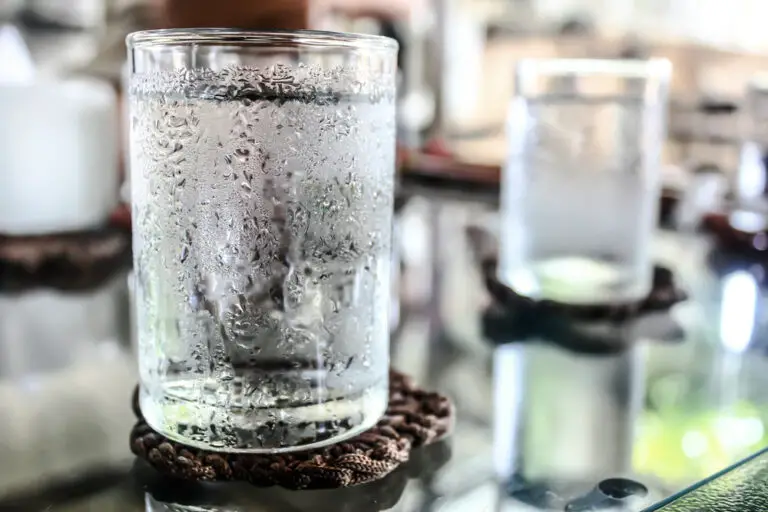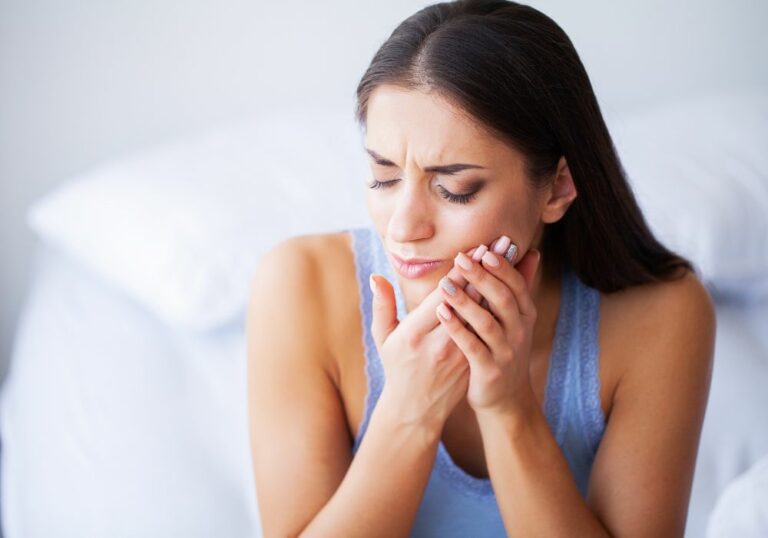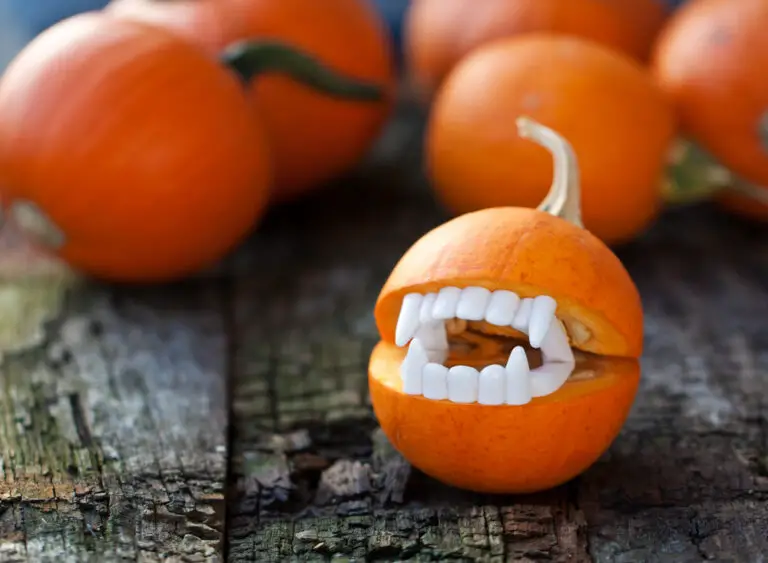A bright white smile can do wonders for your confidence and appearance. But over time, your teeth can become stained and discolored from food, drinks, smoking, and other factors. If you’re looking to rejuvenate your smile but want to avoid harsh chemical treatments, blue light teeth whitening offers a fast and gentle whitening solution. By shining a blue light on teeth during application of a hydrogen peroxide gel, stains are safely lifted for noticeably whiter teeth.
However, improper use of blue light can also damage teeth and gums. So how long is it safe to expose your teeth to the bright blue light? Let’s take a closer look at the blue light whitening process, guidelines for safe usage, and how to maximize your chance of a stunning smile.
What is blue light and how does it work to whiten teeth?
Blue light is a high energy visible light that activates the whitening gel used in teeth whitening procedures. It typically has a wavelength between 400-500 nm, placing it in the violet to blue color range of the visible light spectrum.
Unlike ultraviolet (UV) light which operates at a higher frequency, blue light is part of the visible spectrum and considered much safer for use on biological tissue like teeth and gums.
Here’s a more in-depth look at how blue light whitening works:
- A hydrogen peroxide based whitening gel is applied evenly across the surface of the teeth. Common concentrations range from 15-40%. Carbamide peroxide or hydrogen peroxide are the main active ingredients.
- Next, the blue light device is positioned close to the teeth. Built-in timers control the exposure length.
- As the blue light shines on the whitening gel, the light energy is absorbed by the hydrogen peroxide molecules.
- This excites the molecular bonds and converts them into more reactive states. The excited peroxide molecules are more readily able to release free oxygen radicals.
- These oxygen radicals penetrate through the enamel and into the dentin layer of the teeth. Here they act as bleaching agents which break down and remove organic compounds that cause stains and discoloration.
- The radicals oxidize and dechromate the stained molecules, essentially destroying pigments like polyphenols and carotenoids. This reveals the brighter, whiter enamel underneath.
- The blue light accelerates this oxidation reaction beyond what the gel could do alone. More bleaching occurs in less time.
- As the process continues with several light sessions, stains in the deeper pores of the enamel are reached and lifted. The cumulative effect is visibly whiter teeth.
So in summary, blue light enhances the bleaching power of hydrogen peroxide gels to provide faster and better teeth whitening results. The light energy excites the peroxide for greater effectiveness.
What strength of blue light works best?
The intensity or power output of the blue light used for whitening treatments can vary. Higher intensity blue lights typically provide faster results. Here are some general guidelines on blue light strength:
- Low intensity: Up to 100 mW/cm2. May require longer treatment times for moderate whitening.
- Medium intensity: 100-300 mW/cm2. Provides good whitening with reasonable session lengths.
- High intensity: 300-800 mW/cm2. Produces faster whitening but may increase tooth sensitivity.
- Very high intensity: 800+ mW/cm2. Can maximize whitening speed but carries higher risk of damage if overused. Requires careful monitoring of exposure times.
Most professional whitening systems are in the medium to high intensity range. At-home systems designed for consumer use tend to be medium intensity for a balance of efficacy and safety.
Higher intensity blue lights are not necessarily better in all cases. While they accelerate the chemical reaction faster, they can also generate more heat which may irritate the teeth and gums.
As a rule of thumb, the lowest intensity light that still provides adequate whitening results within your desired timeframe is ideal. This helps minimize sensitivity and other side effects.
How long should you apply blue light for a single whitening session?
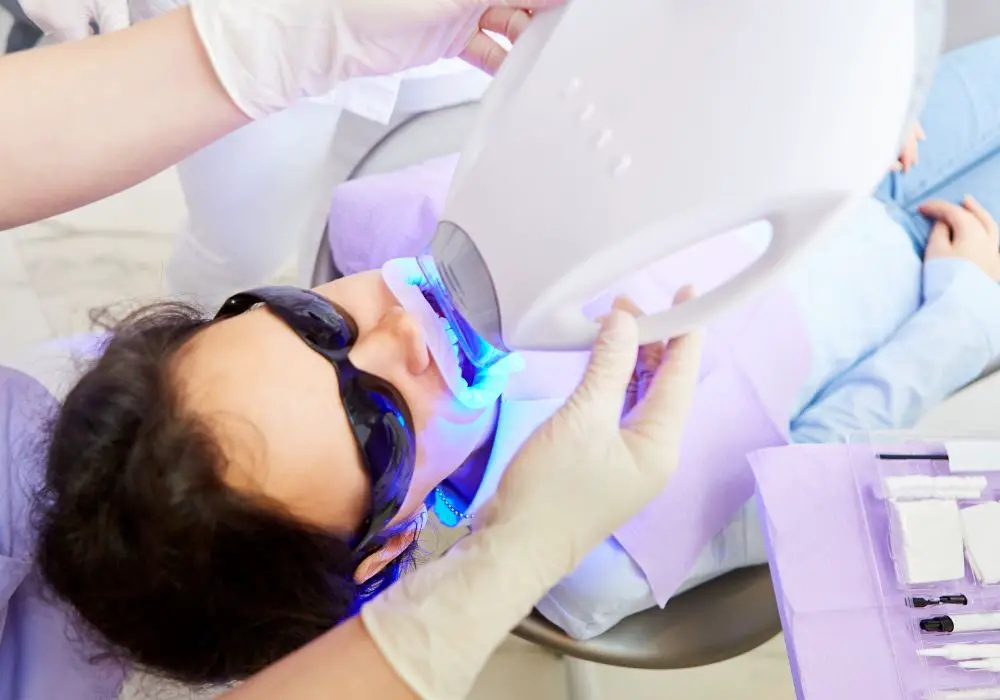
For at-home use, the recommended exposure time for blue light during a single whitening session is generally 10-20 minutes. However, this is not continuous exposure.
Most devices are designed for multiple cycles of 5-10 minutes of light, followed by a 5 minute break with no light. This prevents overheating and allows the gel to penetrate deeper between cycles.
Here are some evidence-based guidelines for application times per session based on different intensities:
- Low intensity (up to 100 mW/cm2): 1-2 cycles of 10 minutes light, 5 minutes break. So 20-30 minutes total light exposure per session.
- Medium intensity (100-300 mW/cm2): 2-3 cycles of 10 minutes light, 5 minutes break. So 20-30 minutes total light exposure per session.
- High intensity (300-800 mW/cm2): 2-3 cycles of 5 minutes light, 5 minutes break. So 10-15 minutes total light exposure per session.
- Very high intensity (800+ mW/cm2): 2-3 cycles of 3 minutes light, 5 minutes break. So 6-9 minutes total light exposure per session.
Most at-home units automatically cycle the light on and off for you at safe time intervals. With professional in-office systems the timing is precisely controlled by the dentist.
Exceeding 30 minutes of total light exposure per session offers minimal extra benefit and increases side effect risk on teeth and gums. 15-20 minutes is ideal for most home whitening needs.
How many whitening sessions are required for significant whitening?
While results can be noticed after just one professional blue light whitening session, multiple treatments are usually required to reach your desired shade.
On average most people need:
- 7-10 sessions to lighten teeth by 3-4 shades
- 10-15 sessions to lighten teeth by 4-6 shades
- 15-20+ sessions for more than 6 shades of lightening
However, there is considerable individual variation based on factors like:
- Original baseline shade of your teeth
- Coloration due to genetics vs. external staining
- Enamel thickness and porosity
Those with moderate existing lightening (1-2 shades) may only require 3-5 sessions for a noticeable change.
People with severe tetracycline discoloration or dark staining may need 20+ sessions to see a major difference in tooth shade.
For maximum efficiency, sessions are usually spaced 1-2 weeks apart. Doing them too frequently wastes gel and offers no extra benefit. Spacing further apart allows stains to partially redevelop.
Your dentist can best advise you on expected number of sessions based on your specific needs and goals. Be patient – gradually lighter teeth after each cycle is the norm for most.
Are there any benefits to combining blue light with other lights like UV or red light?
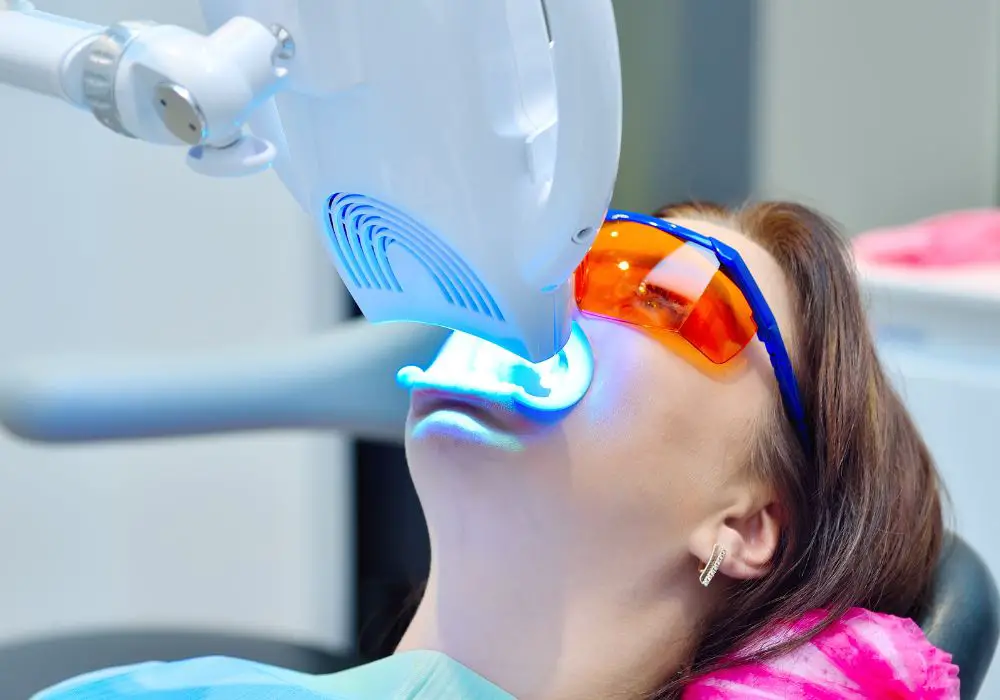
Some whitening systems combine blue light with UV and/or red light in sequence. The idea is to leverage the benefits of each:
- Blue light primarily activates the hydrogen peroxide as discussed above for bleaching.
- UV light can provide some additional antibacterial and disinfecting effects. However, it must be carefully controlled to avoid damage to teeth.
- Red light promotes circulation and healing. In theory this may help relieve sensitivity from the whitening process.
However, research shows blue light alone gives comparable whitening to combining multiple lights. Any marginal gains by adding UV and red generally do not justify the increased cost and complexity.
Excessive UV exposure from light activated whitening raises safety concerns. Unless delivered under precise professional conditions, UV likely provides more risks than benefits.
For most people’s needs, quality blue light whitening systems are capable of producing great results on their own safely and effectively if used properly per guidelines.
What risks and side effects are associated with improper blue light whitening?
While generally safe when protocols are followed, improper use of blue light whitening carries the following potential risks:
- Tooth sensitivity – This is the most common side effect. Overexposure to light and gel can lead to mild to moderate pain ranging from dental zingers to throbbing. Sensitivity typically resolves within 1-3 days.
- Gum irritation – The hydrogen peroxide gel may irritate gum tissue with overuse. Careful application and avoiding the gumline prevents this.
- Burning – Excessive heat generation from overpowered lights can potentially burn or damage lips, gums, or other oral tissue. Most systems have auto-off controls to prevent this.
- Pulp inflammation – Too much light intensity and exposure may penetrate deep into the tooth and irritate the dental pulp which contains nerves and blood vessels. This causes severe throbbing pain requiring dental treatment.
- Enamel cracking – Thermal shock from extreme temperature swings or dehydration from overuse of gels can potentially crack enamel. This is very rare with controlled use per directions.
- Relapse of stains – Aggressive treatments that strip away too much enamel protein can undermine the whitening effects long-term. A gradual approach minimizes sensitivity and relapse risk.
Following package directions, avoiding overuse, and moderating treatment intensity minimizes these risks which are mostly temporary Effects in any case. Still, consult a dentist if you experience any severe or lasting problems after use.
Tips for safe and effective blue light whitening sessions at home
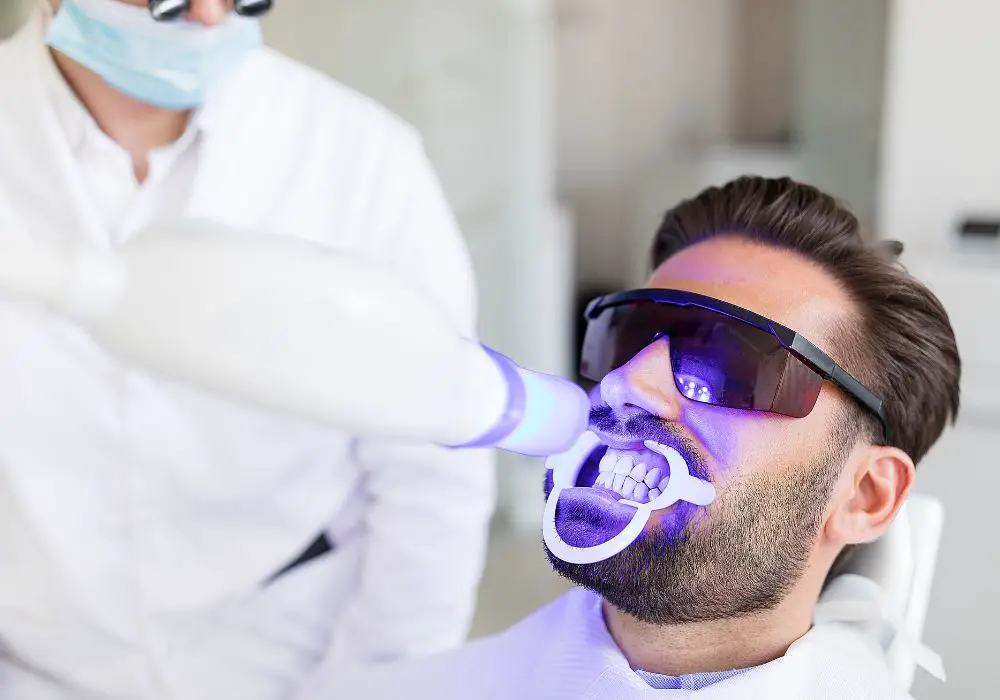
Here are some evidence-based tips for maximizing your success when whitening with blue light at home:
- Carefully read and follow all instructions provided for timing, frequency of use, and number of sessions. More is NOT better.
- Select an intensity appropriate for your needs. More intense than needed risks side effects without extra benefit. Start lower if concerned and increase only if needed.
- Closely follow any cycling instructions for on/off times. Do not exceed the total maximum exposure period per session.
- Apply the gel thinly and evenly across all teeth. Use ONLY the recommended amount – excess will not whiten better but may irritate gums.
- Keep lips, cheeks, and tongue away from the light path to prevent irritation or burns. Angle light at teeth only.
- Stay hydrated before, during, and after sessions by drinking extra water. Keep mouth moist with water breaks.
- Avoid other sources of peroxide like certain toothpastes during treatment periods – this can irritate teeth.
- Consider use of a desensitizing toothpaste starting 3 days before and during the treatment period.
- If you have any dental restorations, avoid shining light directly on them as this can cause unequal whitening in those areas.
Following professional guidance and minimizing misuse prevents most problems with at-home blue light whitening. Patience through the full course of treatment provides the best long-lasting results.
Frequently Asked Questions
How long do the results from blue light teeth whitening last?
With proper dental hygiene and avoidance of staining foods/drinks, results can last 12-24 months. For moderate staining habits, 6-12 month duration is more typical. Some touch up sessions may be needed annually to maintain maximum whiteness.
Does blue light damage enamel or gums?
When used as directed, blue light is generally safe for enamel and gums. Extensive misuse and overexposure can potentially damage enamel or irritate gums. Built-in timers and usage limits prevent this with responsible use per directions.
Can you use blue light whitening with braces on your teeth?
No, blue light whitening should not be done with braces still on the teeth. The gel and light cannot adequately reach the tooth surfaces. Whitening should be deferred until after braces are removed and under guidance of your orthodontist or dentist.
Is blue light whitening safe if you have sensitive teeth?
Those with existing sensitivity issues should consult their dentist first. More sessions at lower intensity may be advised. Desensitizing treatment prior to whitening is also an option. Avoid whitening if you have extreme sensitivity or other underlying oral conditions.
How often can you repeat blue light whitening treatments?
Most manufacturers recommend limiting treatment to 1-2 times per year at maximum. Trying to do it more frequently is ineffective and will increase side effect risks. 14-20 session cycles every 6-12 months are sufficient for maintaining whiteness for most people when combined with good daily oral hygiene.

